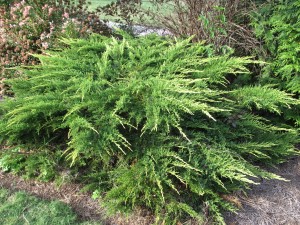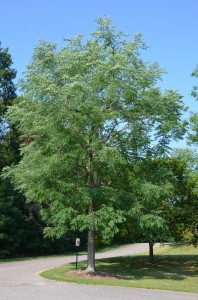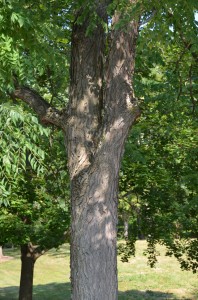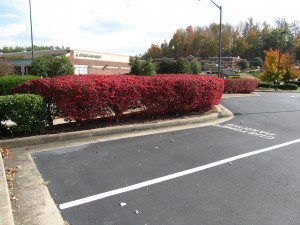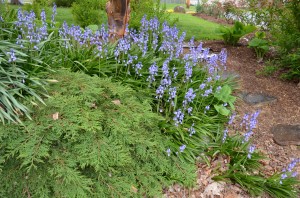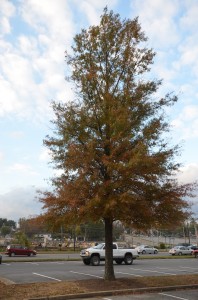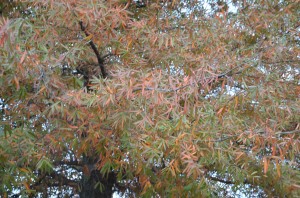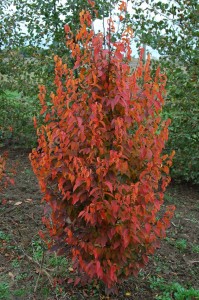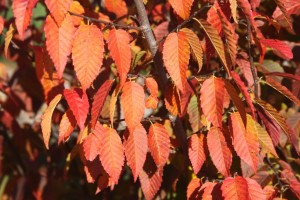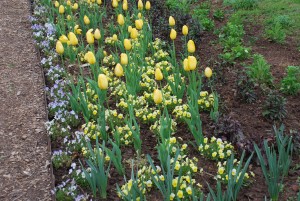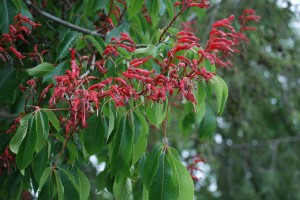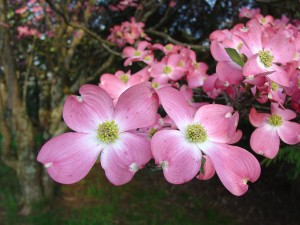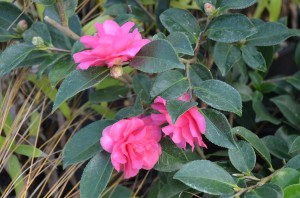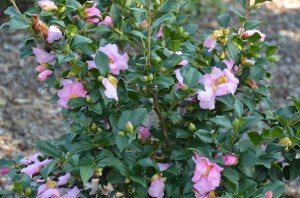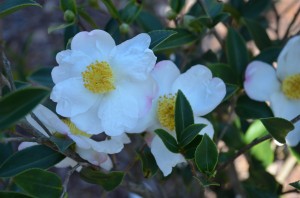In times past Chinese junipers (Juniperus chinensis) were popular foundation shrubs and ground cover (USDA hardiness zones 4-9). They were popular choices in sunny locations for erosion control and around seashore areas. Three exciting cultivars have arrived on the landscape scene and should bring junipers back in vogue.
Angelica Blue Chinese juniper (J. chinensis ‘Angelica Blue’) grows 5 to 6 feet high and 6 to 7 feet wide with bright blue-green needles. Introduced by Angelica Nurseries, it exhibits a compact horizontal form.
Daub’s Frosted Chinese juniper (J. chinensis ‘Daub’s Frosted’) has a low ground-hugging habit that grows 1 to 2 feet high and 3 to 6 feet wide. It struts bluish green foliage frosted with new yellow tip growth in the spring.
Gold Lace Chinese juniper (J. chinensis ‘Gold Lace’) grows 4 feet high and 5 feet wide with vibrant gold foliage.
In general, junipers grow in average well-drained soils with moderate moisture. Junipers are best planted in full open sunlight where air movement should reduce the threat of a disease outbreaks. Shady areas and wet soils are not where junipers belong. Pruning may be needed to maintain the height and spread of many vigorous cultivars.
Following a short one year establishment span, the new junipers listed above tolerate shallow dry soils and resist coastal salt and urban air pollutants. Juniper fruits may look like berries, but are actually small scaly cones.
Junipers suffer from no serious disease or pest problems. Avoid juniper tip and needle blights by selecting resistant cultivars and following proper irrigation practices. Occasional insect pests include aphids, bagworms, webworms, and scale. Deer have no taste for junipers.

